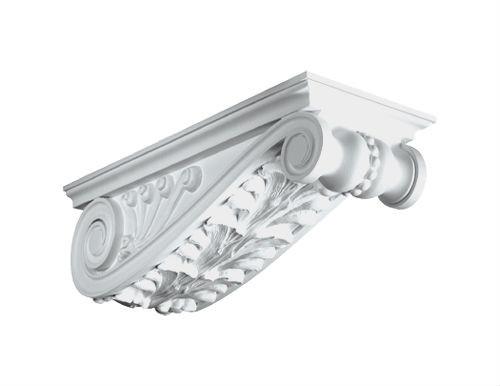Adjustable shelves are in every way perfect systems for any room because they are easy to install, are flexible, and versatile. They have notches that give you the flexibility to change the height, length, and the spacing of individual shelves depending on your storage needs.
If you are looking for strength and durability, use systems with extra diagonal support. When installed correctly, you will not have to worry about the supports getting loose. Because they are adjustable, they can be rearranged.
The Shelving Basics
A successful installation requires you to have standards that are level with each other. Mark with a level and lay them out carefully.
The other crucial aspect is ensuring that standards are well-positioned. The installation of brackets requires a few materials. This guide highlights the materials you need and the best ways of installing adjustable brackets.
Step 1: Assemble Materials
The following will be needed for adjustable brackets application:
- Level
- Adjustable shelf system
- Power drill
- Pencil
- Screws
- Screwdriver
- Stud finder
Step 2: Locate the Wall Studs
The stud finder should help you to locate the wall studs. Once you locate them, align your wall stud by installing the shelving unit. This should maximize the strength of your system. Using your stud finder, locate the wall studs, and mark them using a pencil.
Step 3: Position your first standard
Begin by marking the desired height of your shelving system at the top of the stud. Mark the center of each, then position your standard and ensure it is centered over your stud. The top end of your system should be positioned on the mark of the height. Using a 4-foot level, ensure that the standard is perfectly vertical (plumb). Inside the screw hole at the top, mark the location on the wall then set it aside.
Step 4: Insert your Standard
On the marked wall studs, mount your shelving units. The standards should reflect the maximum height at the highest part of the wall. Place your standard on the marked studs and secure them using a 3-inch drywall screw.
For quick installation, use a power drill. Before installing the next screw at the bottom hole, align your standard using the level. Your shelving system should be well aligned. This can be achieved by installing screws in all the holes.
Once you have mounted the first standard, follow it up with the second one. Ensure the height is level before installing the screws.
Step 5: Install the Brackets
Once you have mounted the standards, brackets can then be installed. These should perfectly fit into the holes in the standard. Insert screws into the bracket and be careful to tighten each to ensure they are all secure.
By using an electronic stud finder to locate the studs, you will save time. For heavy loads, brackets should be attached to every stud. Ensure the height of each bracket is level with that of the standard. Then, place the shelf over the brackets.
Step 6: Install the Shelves
Center the shelves side to side by setting them onto the brackets. The shelves can be aligned by plumbing across the ends. If yours is twin-track shelving, fasten the shelves to the mounted brackets. This can be achieved through drilling a small screw up the hole near each bracket. Be sure the length of the screw will not go through the top surface of the shelf.
Adjustable shelving units can be employed in different settings. They can be used as storage systems in the bathroom, kitchen, living room, or home office. They can also be excellent extras in a closet or pantry. Worthington Millwork offers you high-end quality architectural products for all your constructions requirements.


